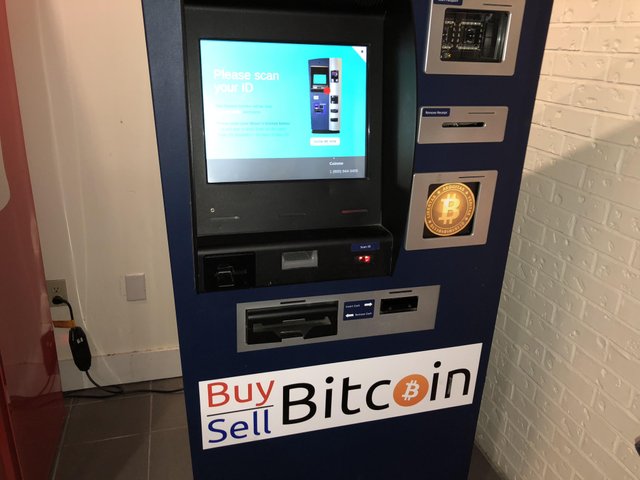WHAT is the BLOCKCHAIN??
What is the Blockchain?
You’re likely here to learn about investing in cryptocurrencies. I’m not a financial advisor. I’m not recommending you invest. In fact, cryptos are new-ish; not insured; and not backed by a tangible asset in most cases (like the dollar bill). I’m simply sharing my experience.
Rule #1. Don’t invest more than you are willing to lose!!
Rule #2. See Rule #1.
Most people just want to know what bitcoin is so that they can invest and make money. But you have to know what the Blockchain is first - or you’ll never understand how bitcoin comes about.
Think of the Blockchain as the Internet 2.0.
When the Internet came out publicly in 1991 - nobody knew what email was; and nobody had seen or heard of a website. Websites & email only existed electronically in space. They are virtual. You can’t touch them, nor feel them in your hands. I need to point out that emails and websites are stored on a few specific computers. They can be wiped out completely by a virus or failure of hardware. The blockchain cannot.
The Blockchain is a network which uses the Internet to spread information among thousands of computers which causes it to be decentralized and distributed. It uses encryption. It is for that reason that the Blockchain cannot be hacked and destroyed. If one (or thousands of) computer’s on the Blockchain are infected - the blockchain remains. That’s because in order to take out the electronic ledger called the blockchain- every computer would have to be wiped clean. Not all of the 10,000+ computers (called “nodes”) that share and sync the ledger are secure - but most are. So as long as a few remain, when a new node or repaired node came online, the blockchain would regrow.
These nodes aren’t controlled by a government or society. They are worldwide on private, business and institutions’ computers- all volunteers (in the case of bitcoin’s blockchain). There are other blockchains for other uses. The bitcoin blockchain takes days to sync on a new volunteer node. It’s about 170GB in size on the computer’s (node’s) hard drive.
When the Internet came out in the 1990s we really didn’t know the value of what it would be. There were a lot of skeptics you’re happy using their fax machines. The people who recognized the value of the Internet early on - and invested in the companies that capitalized and developed on the Internet became wealthy. Think Yahoo, Amazon, AOL, Microsoft.... Yes, there was a bubble. It took about 5 years to rise and fall. But the internet is still here...
Getting back on track, the point of this article is to tell you what the Blockchain is. Anything after that about investing or what bitcoin is - will be covered separately. But I want to draw comparisons so you can see the parallels in history.
Let’s look at the transaction process within the Blockchain. In the example first what has to happen is that two parties want to exchange data whether it’s coins, records, transactions, medical records- whatever.
The transaction is submitted electronically into the blockchain network. And then the network determines if the transactions are valid based on a set of rules. Each transaction is put into a block and identified by 256 bit number created using an algorithm (math). Each transaction is linked by a series of these “hashes” which create a secure independent chain in order. A block of transactions has to be validated together in the solution to a sort of mathematical puzzle that is derived from the block’s 256 number header. Specialized computers called “miners” - which are essentially just a graphics processor- try to mathematically and cryptographically solve the block by making changes until the solution satisfies a network target. The correct answers by these miners can’t be falsified so the solutions must prove the appropriate level of computing power was drained in solving them. It’s known as “proof of work”.
When that block is validated- the miners that solved the equation are rewarded and the block is distributed to the network. The block then becomes a permanent part of the Blockchain network and it is unchangeable and auditable back through the beginning of the network.
As far as security is concerned, it is important to understand that the over 10,000 nodes can detect changes that would corrupt the block chain as it exists and would reject a new block if it was falsified.
STEEM ON!!! Hope you find this helpful:-)
